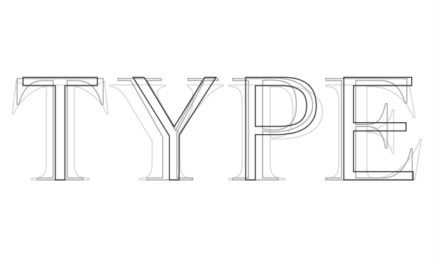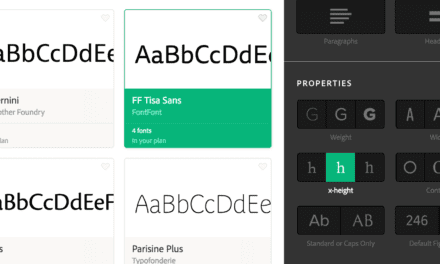ARTICLE SUMMARY: Designers know that when it comes to color there’s a lot more power there than meets the eye.
For attracting the user’s attention color is a critical tool for conveying messages and emotions in design. Nothing says “look at me” than well-chosen color palettes that enhance the visual attractiveness of a product, website, or graphic, making it more engaging and memorable.
Users make subconscious judgments about a product within 90 seconds, and up to 90% of that assessment is based on color alone.
“10 Facts About Color in Design” gives you a better understanding of the influence color can have on your design and how to use color to your advantage. Color helps with
- A user’s ability to quickly comprehend information
- It influences user experience (UX) and user interface (UI) design.
- Colors can impact consumer behavior and purchasing decisions
The power of color in design is profound and multifaceted, influencing various aspects of perception, emotion, and communication. Consistent use of colors across branding materials helps reinforce brand identity and fosters brand loyalty.
Understanding color principles and their application in design can significantly enhance the effectiveness and visual appeal of creative projects. When it comes to aesthetics a well-chosen color palette can enhance the overall visual attractiveness and memorability of a design
As designers we need to learn that power of color in design lies in its ability to evoke emotions, communicate messages, enhance aesthetics, and shape user experiences. Designers who understand the psychological and cultural implications of color can create impactful and effective designs that resonate with their audiences on a deeper level.
This article is a great read, especially for the new designers.
Let us know what you think in the comments.




